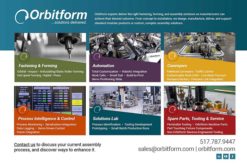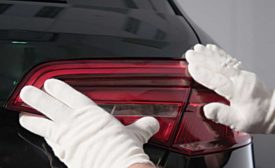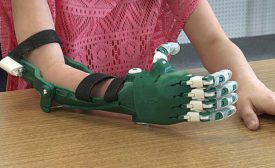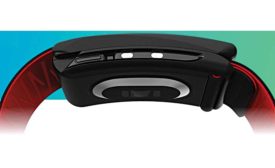Home » Keywords: » prototyping
Items Tagged with 'prototyping'
ARTICLES
Additive Manufacturing for Medical Device Production
3D Printing Goes from Prototyping to Production
May 1, 2018
Get our new eMagazine delivered to your inbox every month.
Stay in the know on the latest assembly trends.
SUBSCRIBE TODAY!Copyright ©2024. All Rights Reserved BNP Media.
Design, CMS, Hosting & Web Development :: ePublishing






